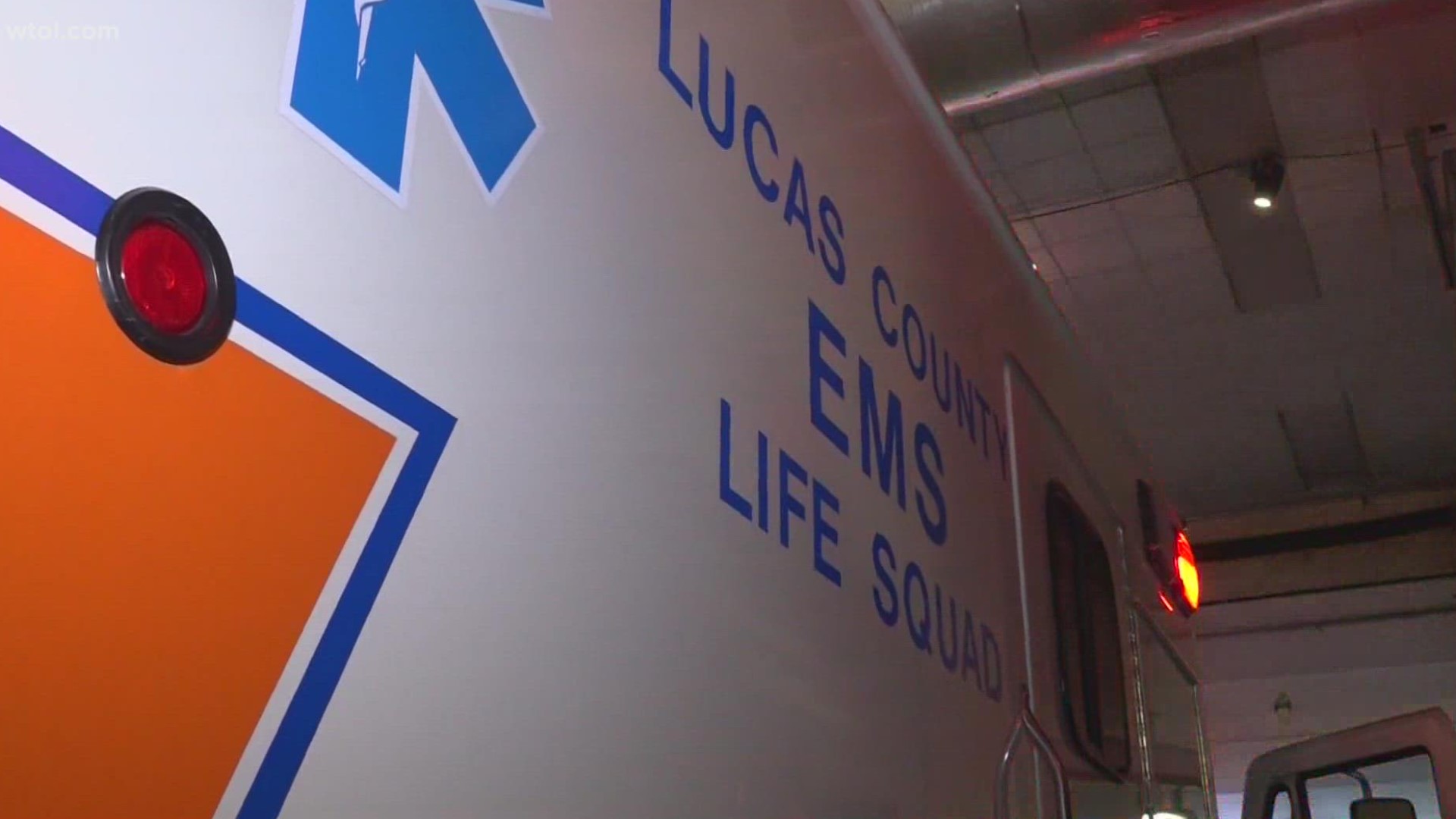TOLEDO, Ohio — The Centers for Disease Control says more than 96,000 drug overdose deaths were reported in the country, from March 2020 to March 2021; a record high for a 12 month period.
"Any other year, that would be shocking to most people, but when you compare it to COVID-19 and the lives lost during COVID-19, unfortunately, it's just being overshadowed," said Dr. Brian Kaminski, Vice President of Quality and Patient Safety with ProMedica.
Kaminski believes the COVID-19 pandemic played an indirect role in the number of overdoses.
"Those of us who work with that patient population and have observed the trends over time really weren't surprised to see because of all those stressors that we saw spike like the CDC is reporting," said Kaminski.
Kaminski says many people might think the opioid crisis is a problem that only affects a certain group or population, but it's important to note this is a problem that affects every demographic.
"It truly spans all racial, ethnic groups, all socioeconomic groups. So it's a prevalent problem in all communities out there," said Kaminski.
To help combat the opioid crisis in northwest Ohio, ProMedica's newest program allows them to screen for opioid use disorder in their emergency rooms, a point of entry for many people who are eligible and open to receiving treatment.
"Emergency rooms are a good place to start when identifying people who might have substance use disorder problems," said Kaminski. "So the grant is going to use screening tools to identify patients with opioid use disorder."
Kaminski said community resources like Brightview, the Zepf Center and other area hospitals also offer programs to help with opioid abuse as well.
RELATED:

